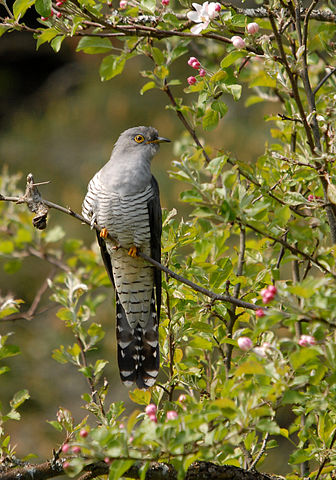For some of you, sleeping through Christmas might seem like an attractive option. Bats should be sleeping just now but the mild weather has wakened them and many have been spotted both in twilight and during the day. The warm weather triggers them to wake up and go and hunt for food. Bats can cope with waking up so long as there is some food available, there are quite a few moths still flying so hopefully they can have a feed and sleep again when it gets colder.
 |
| Pipistrelle bat - all our bats are small, but this is the smallest |
All our British bats are small and have a high surface area to volume ratio which means they lose heat very easily. Hibernation is the only way to survive through a cold winter.
They will also wake up once every 3 weeks or so to drink, as they lose a lot of water while hibernating
Other British animals that hibernate include dormice, hedgehogs, frogs, toads and lizards.
 |











_1.jpg)



















